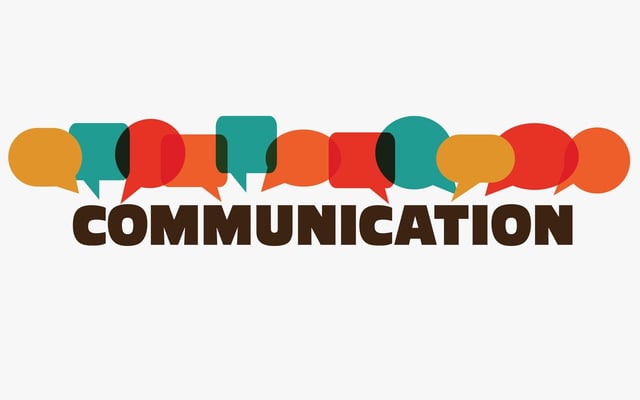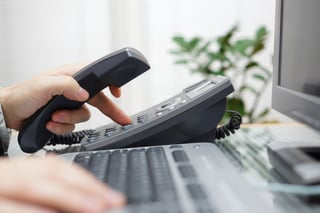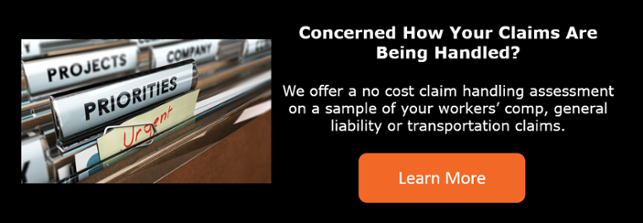
3 Ways Communication Can Improve Workers’ Compensation Claim Handling

Improving communication with an injured worker can make a big difference for the employee when trying to reach Maximum Medical Improvement (MMI) or return to work full-time. When an injured worker returns to work they often report that they felt out of the loop due to poor communication with their employer and adjuster.
Following good claim handling best practices includes establishing effective communication with both the injured worker, the employer and other parties that may become involved for the duration of a workers’ compensation claim.
Communication can be a challenge
Establishing communication with the injured worker or even with the employer can be challenging and should be addressed up front. There are many factors that contribute to communication challenges. Here are a few examples:
-
The employee is unreachable
-
Contact information is missing or incomplete
-
Employee is traveling for work (if they are back to work on a part time basis but still undergoing treatment)
-
Employee does not have a cell phone
-
Employee does not speak English
To have an effective communication plan, here are three factors to consider and resolve.
 #1 - Determine All Essential Communication Contacts
#1 - Determine All Essential Communication Contacts
Establishing communication with the injured worker and employer is the first step. It is important to keep the employer in the loop and don’t assume the employee is keeping their supervisor or human resources up to date.
There can also be challenges when communicating with the injured worker that requires the adjuster to establish communication with the employer. For example:
-
If the injured worker is not readily accessible, immediately communicate with the employer
-
In cases where the injury is extensive, communication with a family member or physician is advisable
-
When the injured worker is uncooperative in scheduling treatments or missing appointments that are part of the prescribed treatment plan, the employer can schedule treatments on behalf of the injured worker
-
If the injured worker has retained counsel, the adjuster may be limited to only speaking with the attorney
#2 - Determine Method of Communication
Establishing the best method of communication for the employer and employee early on will save time in the long run. Communication does not have to be limited to traditional methods such as email, telephone calls and voicemail.
Here are some effective methods of communicating:
-
Email and phone calls may work well for the employer, but text messaging may work better for the employee and can be used to communicate important details such as follow up appointments, work status or indication of surgery
-
Some employers offer an employee portal for the injured worker to check the status of their claim, treatments and schedules
-
Mobile apps are now in use by employers to communicate claim updates, and to help employees locate approved medical providers
-
Pharmacies offer customizable email alerts and text messages that will alert the employee when prescriptions are ready
These are all relatively simple communication methods that can be easily utilized.
Having an Audit Trail
Regardless of how you may communicate with anyone involved in the claim, having an audit trail for documentation is crucial. The TPA should be using a claims management system that has the ability to capture not only diary notes, but telephone calls, text messages, and emails which will make it easy for another adjuster to continue monitoring a claim if necessary.
#3 - Determine Frequency of Communication
Most employers typically ask for monthly status reports and want to be notified ASAP if anything major should occur.
For the employee, it is important for them to receive frequent updates on a consistent basis, especially when the status of their claim changes.
Conclusion
Focusing on developing an effective communication strategy with both the employee and employer lays the groundwork to successful claim handling. Developing solid communication with the employee will help the claim go smoother. There are various methods of communication, and not every claim should be handled in the same way. You need to figure out what works best for everyone involved, and if at some point it stops working, the plan should be revisited and adjusted.


